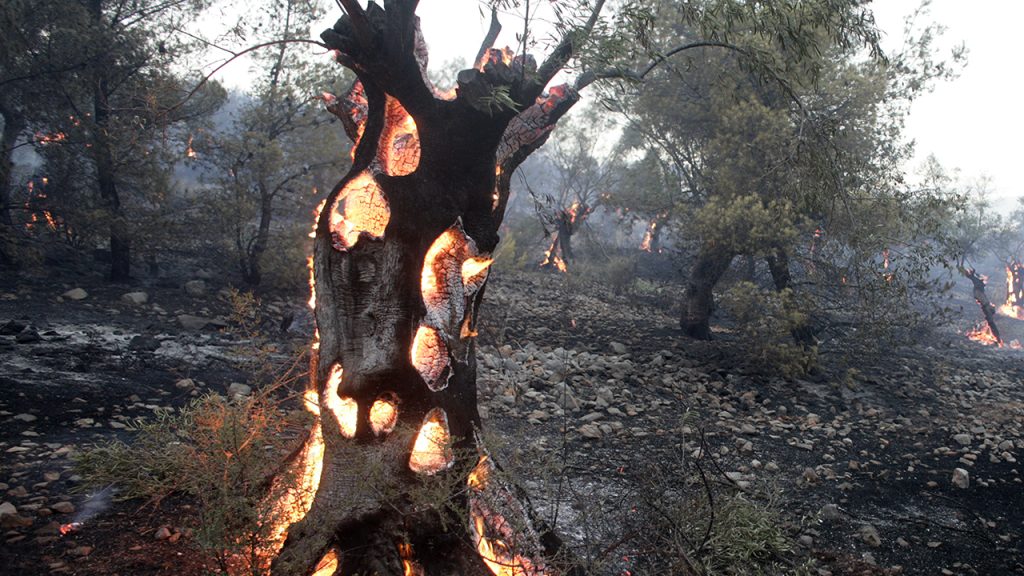
How the climate crisis is fuelling heatwaves and wildfires across Europe
In July, a new record for the hottest day ever recorded was set and temperature records in many places across Europe were broken. As temperatures remain high and deadly heatwaves and wildfires are now ongoing across Europe, as well as other regions around the world, the conditions are sparking conversations about worsening climate change impacts.
Heatwaves and climate change
Heatwaves are periods of abnormally hot weather usually lasting several days, and over the last few weeks air temperatures in excess of 40°C have been recorded across Europe.
Human-induced climate change means that summer weather is occurring on top of a warmer background climate. With every degree of additional warming to the Earth’s climate, the frequency and intensity of heatwaves are projected to get worse in future.
Heatwaves pose a risk to everyone’s health. In particular heatwaves are hazardous to older people, children, people with pre-existing medical conditions, and those working long hours and in extreme conditions or exertive roles, e.g. factory or construction workers. It is estimated that the 2022 summer heatwaves were connected to 61,000 deaths in Europe alone.
“Heatwaves can be deadly, and we must treat them with enormous seriousness. We can limit future damages, and the potential for them to become even worse, by making rapid and substantial cuts to our emissions of greenhouse gases,” says Professor Andrew Turner from the National Centre for Atmospheric Science and University of Reading.
Climate change and wildfires
Persistent high temperatures cause hot, dry conditions in which wildfires can spread quickly and far. Wildfires have the potential to injure and kill people, and also cause extensive damage to ecosystems, property and livelihoods.
Wildfires are currently raging across Europe and Africa. Dozens of people have died from the wildfires, which have prompted large-scale evacuations and burned thousands of acres of land in places like Algeria, Croatia, Greece, Italy, Portugal and Spain.
While the high temperatures experienced this summer have been exacerbated by the ongoing climate pattern El Niño, the impact of the climate crisis on the ongoing heatwaves in Europe is clear – soaring temperatures have led to conditions that have allowed the wildfires to spread quickly.
Heatwaves set to intensify with climate change
In the next three decades, heatwaves could become two to seven times more frequent across the world – including Europe and the UK – than in the last 30 years.
Beyond 2050, if global greenhouse gas emissions continue to rise, hazardous hot spells could be three to 21 times more frequent.
The recent heatwaves and wildfires clearly show that human-induced climate change is already destroying lives and livelihoods across the world.
“Climate change is often thought of as a problem for future generations, but the climate is already changing and we are already experiencing the impacts,” says Professor Rowan Sutton, climate scientist at the National Centre for Atmospheric Science and University of Reading.
We need to get better at finding ways to respond to heatwaves when they are forecasted, developing infrastructure adaptations, and changing our patterns of work and travel.
Future impacts will be even more severe unless we develop much more effective strategies to prepare and protect people, and reduce our greenhouse gas emissions.
